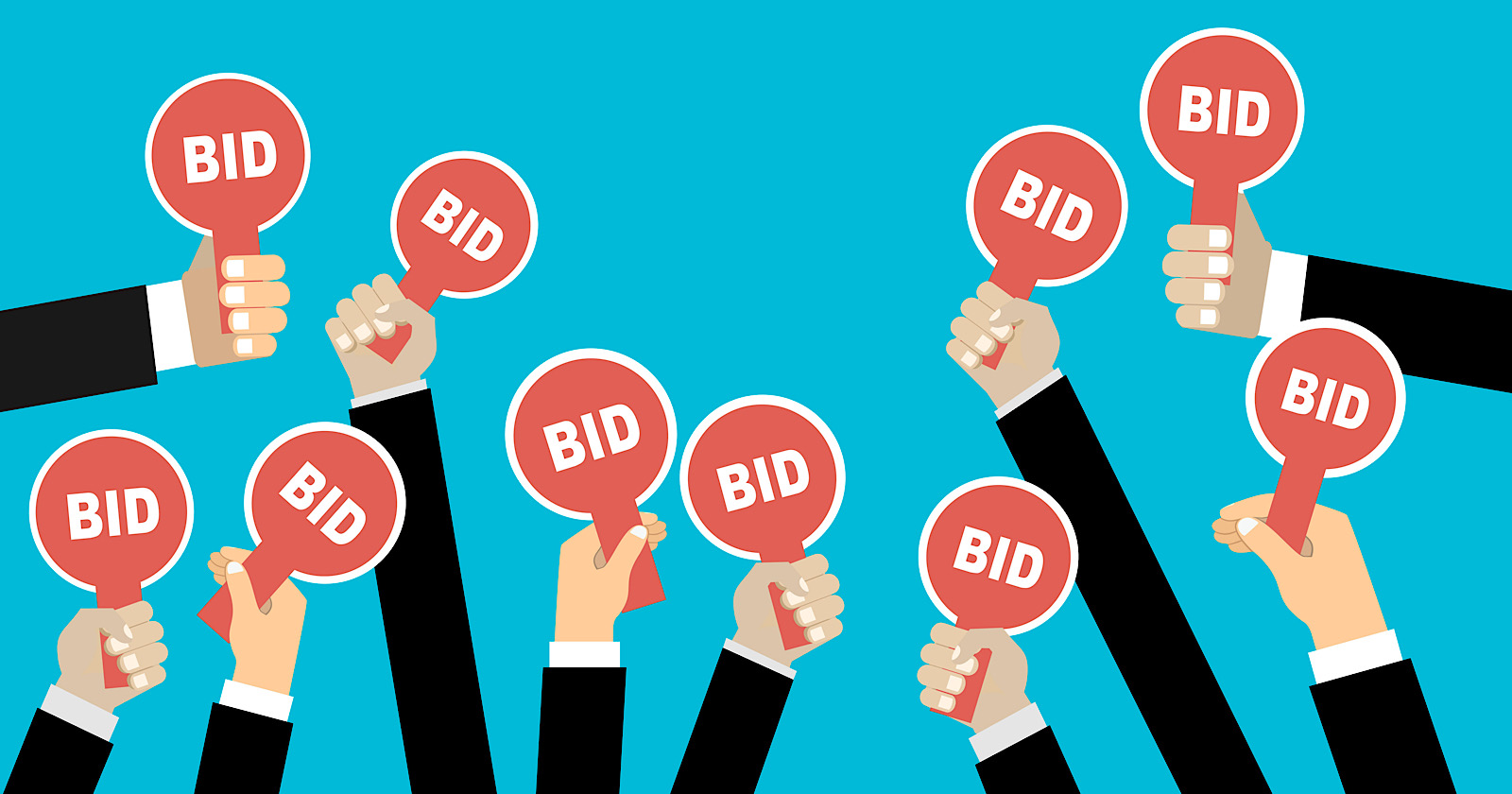Last week, Google Ads Liason answered common questions and misconceptions about value-based bidding.
Ginny Marvin took to LinkedIn and Twitter platforms for a week-long series of posts explaining the ins and outs of value-based bidding.
Last week Marvin wrapped up the series by answering common advertiser questions she got along the way.
Read on to learn more about Google’s take on value-based bidding.
Day 1: Value-Based Bidding Basics
Marvin laid out the foundations of value-based bidding on day one of the posts.
What is value-based bidding (VBB)?
- VBB seeks to maximize conversion value within your budget & optional ROAS target
- It optimizes for auctions predicted to deliver high conversion value
- It is designed to return a higher total value of conversions but lower conversion volume vs. Maximize Conversions/Target CPA (tCP)A bidding.
Who should use value-based bidding?
Per Marvin’s experience, Google has seen VBB success for companies of varied sizes and conversion cycles:
- Lead generation
- Online sales
- Brick & mortar
Marvin also stated:
The key to using VBB is setting values for the conversions you’re tracking & feeding the right first-party data into Google Ads. You define the value you want to maximize, such as sales revenue, profit margins, lifetime value, etc.
To round out day 1, Marvin answered a few questions about conversions and their impact on using VBB.
To use VBB, most campaigns need at least 15 conversions in the past 30 days.
Google also recommends optimizing for bottom-funnel conversions if maximizing conversion value.
Value-Based Bidding Setting Values
The second day of the week-long series was all about campaign inputs and settings. Marvin addressed the following questions.
Can VBB optimize for value and volume?
- If you have value goals, you should use VBB. ROAS targets are your lever to make your ads more or less likely to enter the auction. The higher your target, the fewer auctions your ads are likely to enter.
- You can use bid simulators to see the impact setting lower ROAS targets may have on increasing reach & volume.
How do I minimize volume loss when switching to Target ROAS (tROAS)?
Marvin stated that advertisers who switch to tROAS should expect lower volume at first when moving from conversion-based bidding.
Lower volume is expected because the algorithm is optimizing for the most valuable customers instead of the most conversions within your targets.
One piece of advice from Marvin regarding switching bid strategies:
Be sure the bidding system has learned from your values & that your tROAS is in line with historical performance to help ensure conversion quality.
Day 3: Informing & Evaluating Performance
Day 3 focused on answering questions about how Google uses your data to inform real-time bidding.
Doesn’t Google know the meaning behind the values I pass for bidding?
Marvin clarified that Google only interprets your values as a scale to inform decisions to help hit your targets.
She also mentioned that Google continues innovating ways to share data, like Enhanced Conversions for Leads safely.
Is my conversion value data used to help my competitors?
- Google’s bidding algorithm models train on highly aggregated advertiser data to continuously learn & improve predictions.
- Google will never share your conversion values or volume with other advertisers.
How long should I wait to measure tROAS performance?
Marvin recommended giving the bid strategy two weeks or three conversion cycles before evaluating it to provide the strategy with enough time to learn and adapt. It may take longer to ensure you have enough conversion data to assess.
Day 4: Answering Advertiser Questions
The week-long value-based bidding series showed high engagement across both LinkedIn and Twitter.
Many advertisers chimed in with their questions, which Marvin aimed to answer the most common questions.
What are the best practices for using multiple conversion actions with different values?
- You can use multiple conversion actions with different values. Google’s best practice is to upload actual conversions values aligned with your business goals.
- Any conversion actions included in the conversions column are used to inform Maximize Conversion Value/tROAS bidding.
What’s the best practice for assigning values to offline conversions for lead gen?
Marvin answered this question with the following quote:
If your goal is to differentiate conversions based on how valuable they are to your business, please value them against your business results if possible.
Can I optimize for profit or another KPI using tROAS?
- Yes, that’s why Google enables advertisers to use tracking values aligned with their business goals, such as profit values.
- Advertisers can import LTV, profit margins, gross merchandise value, etc., data to Google Ads to optimize for the values that matter most to your business.
Summary
Ginny Marvin did a great job engaging with advertisers last week around value-based bidding. Not only did she clarify how the strategies work, but she also answered many common questions that marketers still had.
Find the entire threads from the weekly series on LinkedIn or Twitter.
Featured Image: Tetiana Yurchenko/Shutterstock
